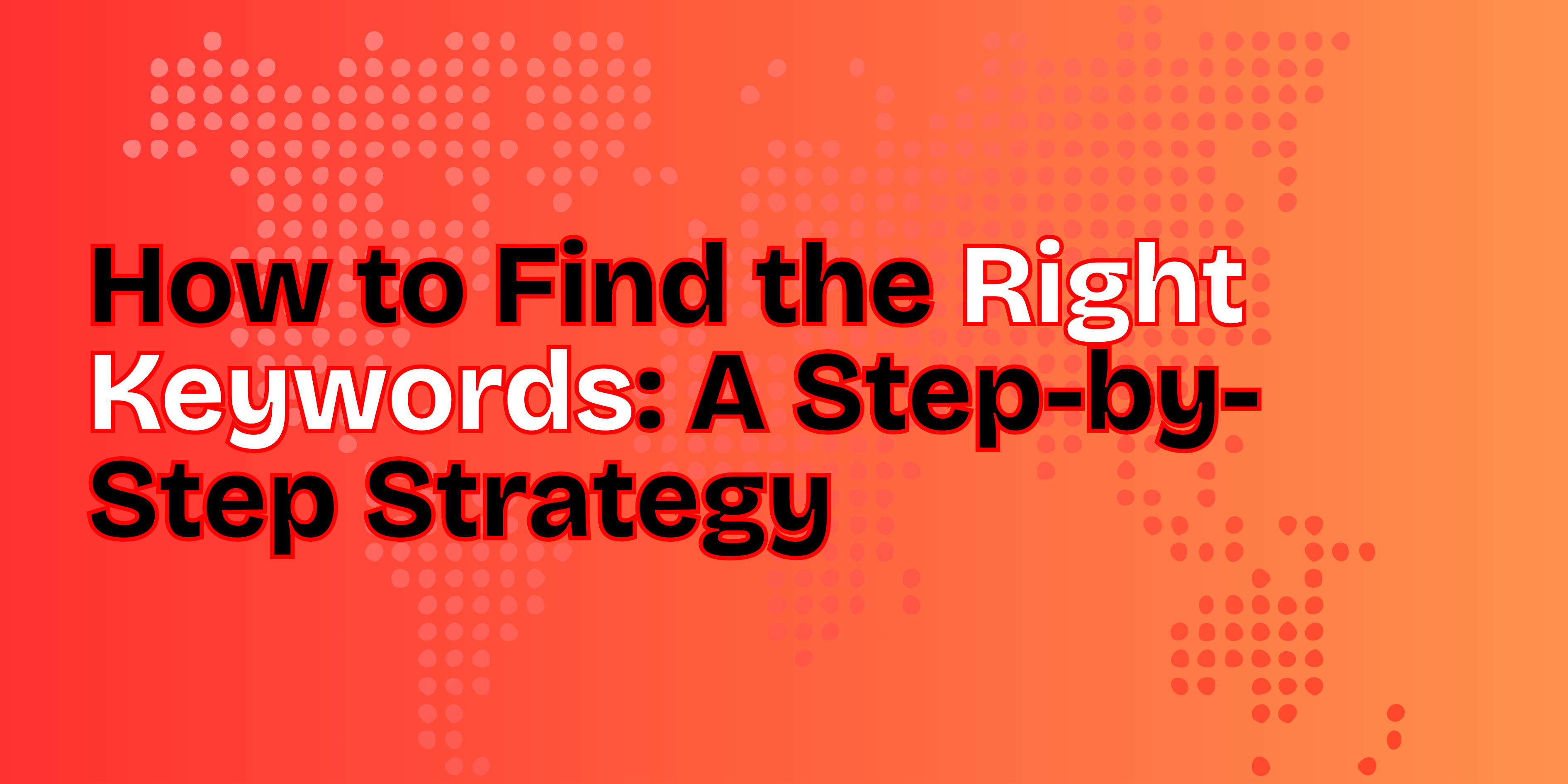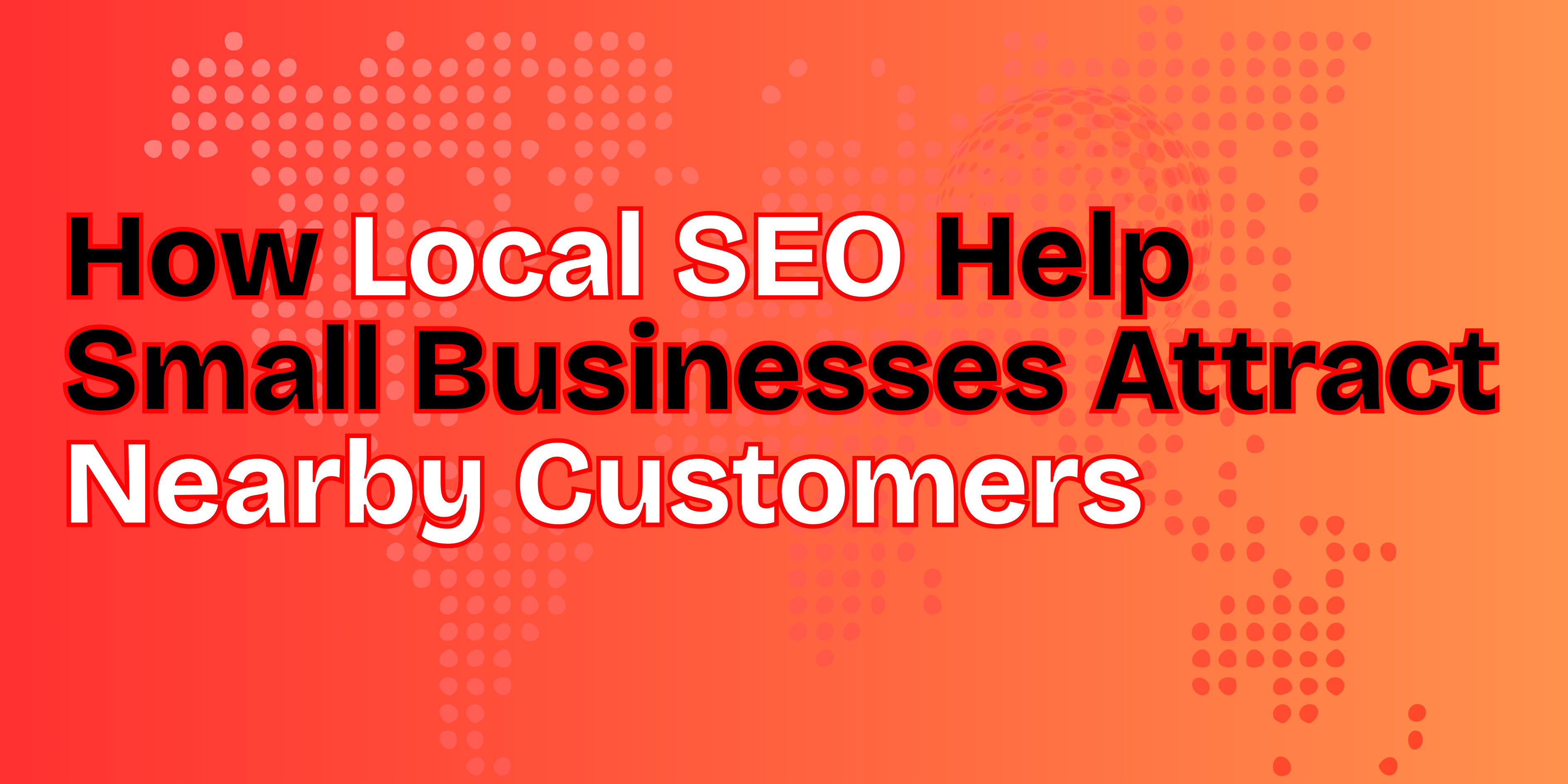If you’re running a small business, you’ve probably heard of SEO—short for Search Engine Optimization. But what you might not realize is how critical local SEO is, especially when it comes to attracting local customers who are ready to buy.
In fact, investing in SEO for small businesses helps level the playing field with larger competitors in your region. Local search optimization allows you to stand out where it matters most—in your own community.
In this guide, we’ll explore how SEO services work, why local SEO is essential, and how it can directly impact your business growth.
What is Local SEO and Why Does It Matter?
Local SEO is a strategy that helps your business show up in local search results when people in your area are looking for the services or products you offer.
Think about it—when someone search query for “plumber near me” or “best bakery in [your city],” you want your business to appear on the first page of Google—especially in the local 3-pack (Map Pack). That’s local SEO at work.
Why Local SEO Matters:
- 46% of all Google searches are looking for local information.
- 76% of people who search for something nearby visit a business within 24 hours.
- Being listed on Google Maps or Google Business Profile increases trust and visibility.
If your business doesn’t show up in these geo-targeted searches, you’re losing out on high-intent leads.
The Real Benefits of Local SEO for Small Businesses
The advantages of local SEO extend beyond simple visibility—they deliver long-term growth and measurable ROI.
Here’s why:
- More local visibility: Appear in local packs and organic results, driving more foot traffic and phone calls.
- Higher conversion rates: Local searchers are ready to take action—whether it’s making a purchase, booking an appointment, or calling.
- Cost-effective marketing: Compared to traditional advertising, local SEO delivers a higher ROI over time.
- Builds trust and credibility: Positive online reviews and consistent presence in search results make your brand more trustworthy and increase the brand’s online visibility.
- Beats local competitors: Many small businesses still neglect local SEO, giving you the chance to rank higher and win more clients.
How SEO for Small Businesses Works in Real Life
Let’s say you own a small plumbing company in Austin. When someone types “emergency plumber Austin” into Google, local SEO strategies help your business pop up in the results—especially in the Google Map Pack (the box with local listings).
By optimizing your website content, business listings, and reviews, SEO services make it easier for customers to find and trust your brand.
Real-World Examples:
- A yoga studio ranking for “yoga classes near me” in local directories and voice search.
- A landscaping business appearing for “lawn maintenance in [city]” due to strong NAP citations and schema markup.
- A pet groomer gaining bookings through “dog grooming nearby” because of well-optimized listings and local backlinks.
Pro Tip: Use Google Business Insights, Google Search Console, and othe SEO tools like BrightLocal to track how people find and interact with your business listings.
Key Elements That Drive Local SEO Success
1. Google Business Profile Optimization
This is your digital storefront. Optimizing your Google Business Profile (GBP) includes:
- Accurate NAP (Name, Address, Phone number)
- Business hours, categories, and services offered
- Uploading regular photos and responding to customer reviews
- Posting updates and offers using Google Posts
2. Local Keyword Optimization
Use geo-targeted keywords on key pages like your homepage, service pages, and contact page.
Examples:
- “affordable SEO services in Chicago”
- “emergency electrician in Houston”
Incorporate these into:
- Page titles and meta descriptions
- Headers (H1, H2s)
- Alt tags for images
- Local landing pages
Pro Tip: Use the free Google Keyword Planner tool to discover high-performing keywords for your local SEO strategy.
3. Local Citations and Directory Listings
Your business should be listed consistently across local directories like:
- Yelp
- Bing Places
- Yellow Pages
- Apple Maps
- Facebook Business Pages
SEO Tools like Moz Local or Yext can help manage these listings efficiently.
4. Mobile-Friendly Website and Fast Load Speed
Most local searches happen on smartphones. Ensure:
- Your site is mobile responsive
- Loads in under 3 seconds
- Uses compressed images and proper caching
- Has clear CTAs (Call-to-Actions) like “Call Now” or “Book Appointment”
5. Reviews and Online Reputation Management
Encourage satisfied customers to leave reviews on Google, Yelp, and Facebook. Respond to both positive and negative reviews to show you value customer feedback.
The Average Cost of Local SEO Services
One of the biggest questions small business owners ask is: How much does it cost?
The average cost of local SEO can vary depending on your business size, location, and competition. Here’s a rough breakdown:
- Basic local SEO services: $300–$500/month
- Mid-range SEO packages: $500–$1,500/month
- Advanced campaigns: $1,500+/month for highly competitive industries
Remember, good SEO is an investment. While results aren’t instant, the long-term gains in traffic and leads often outweigh the initial cost.
Do You Really Need a Local SEO Expert?
Yes—if you want results without the learning curve.
A local SEO expert understands:
- Google’s local ranking factors (proximity, relevance, prominence)
- How to optimize structured data and schema
- How to earn quality backlinks from local sources
- How to monitor, report, and refine strategies monthly
They’ll help you track KPIs like impressions, click-through rate (CTR), calls, and direction requests.
What Makes a Good Local SEO Company?
Here’s what to look for before hiring an agency or consultant:
✅ Specializes small business SEO
✅ Provides transparent reporting and measurable KPIs
✅ Offers on-page, technical, and off-page SEO
✅ Has real case studies and reviews
✅ Uses white-hat, Google-compliant techniques
At Your Rankers, we check all the boxes and more—with customized SEO strategies built to elevate your local presence.
Final Thoughts: Let Local SEO Work for You
Still wondering why does local SEO matter? It connects your business with high-intent local customers already searching for your services. Whether you’re a local salon, dog groomer, HVAC technician, or dentist, local SEO can deliver more leads, sales, and visibility.
In a digital-first world, showing up in the right place at the right time by the right SEO strategy—like Google Maps or voice search—can make all the difference for a small business like yours.



